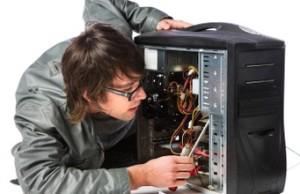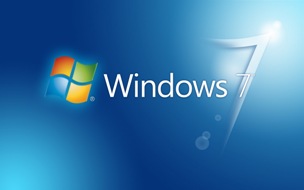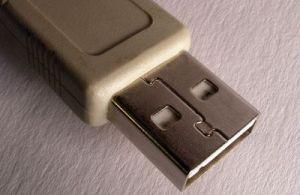When buying a motherboard for your newest PC, you normally have two options: an integrated (embedded) graphics card or a dedicated graphics card. Whichever one you choose will highly depend on your computer habits and what types of things you do on a daily basis. Let’s take a look and find out which one is the best for you.
Integrated Graphics Card
With an integrated graphics card, just as the name suggests, it is actually integrated straight into the motherboard. It unfortunately can never be removed because of this. The main benefit of getting this type of graphics card bundled with a motherboard is that it is typically a much cheaper option to go with. The only thing you must actually worry about is that if your graphics card ends up wearing out at any time, the whole motherboard will actually have to be replaced. If you do choose to go with this option, it’s best to possibly choose a motherboard that has more than one video card slot so you don’t have to worry about this problem as much.
Integrated graphics cards can also be extremely convenient when building your computer. They are typically smaller than dedicated graphics cards so they don’t get in the way of the hard drive. The other main draw back with these types of graphics cards is that they do not possess their own memory, meaning that they will be drawing off of the computer’s RAM. If you don’t have a decent amount, your computer may begin to run slow depending on what you’re trying to do. Related to this, most integrated graphics cards have limits in terms of how much they can actually handle when it comes to things like gaming and watching movies. You can still get great performance but you want anything better, you’ll have to opt for a dedicated graphics card.
Dedicated Graphics Card
A dedicated graphics card is typically much more powerful than an integrated graphics card and the one major benefit is that if they die, they can easily be removed and replaced without having to go out and buy a brand new motherboard. Also, dedicated graphics cards come with their own RAM, so none will ever have to be borrowed from the computer’s RAM. This can mean a huge performance boost in terms of what you’re doing on the computer.
The only main draw back with these types of cards is their size. Dedicated graphics cards are generally much larger and bulkier, so when building your PC, keep this in mind to make sure that all components can properly fit correctly. Always make sure there is plenty of space available in both your computer case and motherboard before buying.
Unfortunately, dedicated graphics cards are also more expensive than integrated graphics cards. Before jumping into buying one of these, you should determine exactly what you’ll be doing with your new PC.
Which Should You Choose?
As stated earlier, the choice of graphics card that you would like to add to your PC depends entirely on your habits and how much you actually want to spend.
For the casual web surfer who doesn’t really game and maybe watches a few YouTube videos a day, an integrated graphics card is your best choice. For one thing, it is much cheaper and saves you a ton of money. You won’t ever really have to worry about it wearing out because with the type of tasks that you are doing, the card should last an extremely long time.
If your PC habits are completely different than this, then a dedicated graphics card is definitely your best option. A dedicated graphics card is best for the PC gamer that loves to clock things up to their max settings, loves watching their HD movies with the sharpest quality, and may be doing multiple things at once such as working in Photoshop and web browsing. Since dedicated graphics cards come with their own memory, they can handle many more processes.
As you can see, the type of graphics card you choose depends entirely on what you like to do on your PC. Follow these guidelines; you will be always on the right side!


